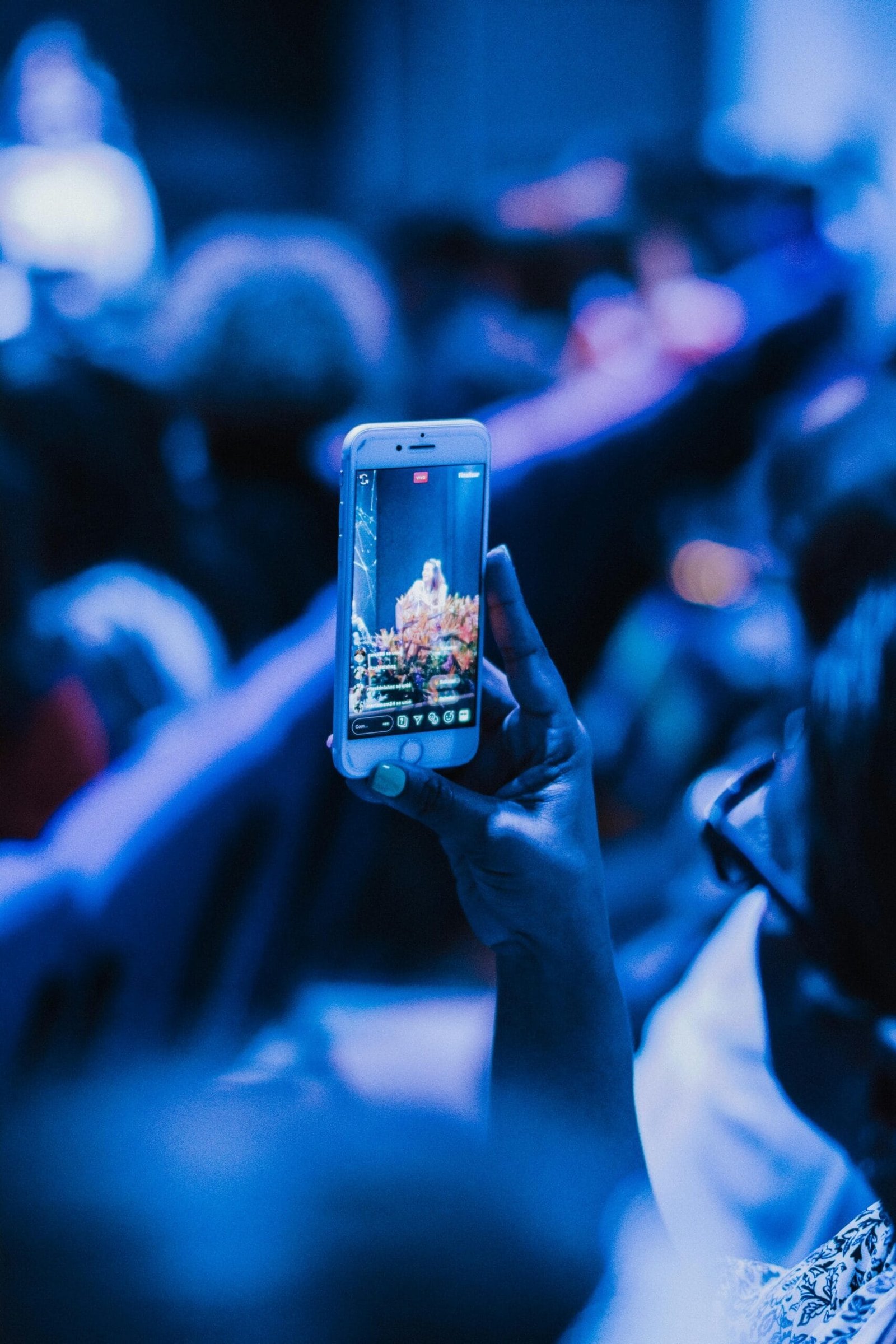
Understanding Blue Light: Definition and Sources
Blue light is a type of high-energy visible (HEV) light emitted by digital screens such as smartphones, tablets, and computers. It’s crucial to understand its impact on our health, especially on sleep quality. With the increasing use of digital devices, awareness about blue light’s effects is more important than ever.
What is Blue Light?
Blue light is part of the visible light spectrum with short wavelengths that produce high energy. Common sources include natural sunlight and artificial sources such as LED screens and fluorescent lighting. Unlike other light types, blue light penetrates deeply into the eyes, affecting our sleep patterns and overall health.
Main Causes of Cardiovascular Diseases
- Lifestyle factors such as smoking, unhealthy diet, and lack of exercise increase the risk of developing CVD.
- Conditions like high blood pressure, high cholesterol, and diabetes can also lead to cardiovascular diseases if left unmanaged.
The Impact on Sleep Patterns
How Blue Light Affects Your Circadian Rhythm and Sleep Quality Blue light exposure can disrupt your body’s circadian rhythm, the internal clock that regulates sleep-wake cycles. Studies have shown that blue light, particularly in the evening, reduces the production of melatonin, a hormone essential for sleep. This disruption can lead to poor sleep quality and difficulty falling asleep.
Causes of Blue Light Exposure
Common Sources of Blue Light and Increased Screen Time The primary cause of blue light exposure is prolonged screen time due to work, entertainment, and communication. Many people are unaware of how significant screen time can negatively impact their sleep quality and overall health. Addressing this can lead to better sleep hygiene practices.
Preventive Measures
Effective Ways to Reduce Blue Light Exposure Reducing blue light exposure is essential for protecting your sleep quality. Here are some practical measures:
- Reduce Screen Time: Minimize the use of digital devices, especially before bedtime.
- Night Mode Settings: Activate night mode or blue light filters on your devices to reduce blue light emission.
- Blue Light Blocking Glasses: Invest in blue light blocking glasses to wear during screen use.
- Adjust Lighting: Use dim, warm lighting in the evening to reduce blue light exposure from your environment.
Practical Solutions and Tips
Alternatives and Strategies to Minimize Blue Light Exposure Adopt screen-free activities in the evening to promote better sleep hygiene. These can include reading a physical book, meditating, or engaging in hobbies that do not involve screens. Establishing a consistent bedtime routine that excludes screens for at least an hour before bed can significantly improve sleep quality.
Long-term Benefits of Reducing Blue Light Exposure
Improving Health and Productivity by Managing Blue Light Managing blue light exposure can lead to numerous long-term benefits, such as improved sleep quality, enhanced daytime productivity, and better overall health. Reducing exposure can also protect eye health by decreasing the risk of digital eye strain and discomfort.
Conclusion
Summary and Call to Action To summarize, blue light has a significant impact on sleep quality and overall health. By implementing the suggested preventive measures and practical solutions, you can enhance your sleep hygiene and well-being. Encourage your readers to adopt these tips and share their experiences or questions in the comments section to foster engagement and community support.
Dont Hesitate To Contact Us
We’re here to help! If you have any questions, feedback, or need assistance, please feel free to reach out.


